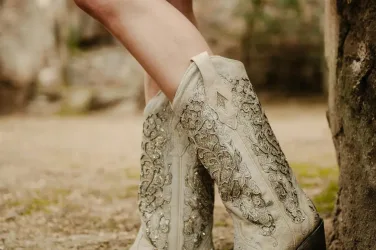By David Buice
Frankly, not too many of us really look forward to our next dental appointment. Recent advances in dental technology, however, are making things markedly better, and helping to relieve much of the anxiety and stress often associated with a visit to your dentist.
Here are a few of the more important treatment options that have recently become broadly available.
Digital X-rays
Dental x-rays traditionally performed using radiograms are now widely being replaced by digital x-ray machines. Digital x-rays are easier to process and download to a computer for comparison with previous x-rays. And importantly, digital x-rays significantly reduce the amount of radiation the patient receives.
Laser dentistry
Many dentists now use a high-tech diode laser to detect decay on the chewing surfaces of the teeth, while x-rays find decay between and inside the teeth. Healthy teeth exposed to the diode laser don’t glow or fluoresce, but decayed teeth glow in proportion to the amount of decay, resulting in higher readings on the laser’s display.
CAD/CAM technology
Together, computer-assisted design (CAD) and computer-assisted manufacture (CAM) reduce the number of office visits needed to complete procedures such as crowns and bridges. In the past, to provide a crown for a patient the dentist would make a mold of the tooth, prepare a temporary crown, and wait for the dental lab to make a permanent one. Using CAD/CAM technology, the dentist prepares the tooth for a crown and sends an image to a machine that makes the crown, often right in the office.
Improved veneers
Veneers are thin shells used to cover damaged or unattractive teeth. Today’s veneers are stronger and thinner than those used earlier, meaning less of the original tooth has to be removed to make room for the veneer. The appearance is more natural, and the chances for pain and other complications are reduced.
New gum procedures
Pockets in the gums expose teeth to bacteria and increase the chances of developing multiple dental problems. Surgery was once the only way to reduce these pockets, but many new options now exist, from bone and tissue grafts to the use of special proteins to stimulate the regrowth of gum and inner tooth tissue.
No-needle anesthesia
If you’re needle-averse, some dentists now use a no-needle, high pressure technique to inject a local anesthetic that deadens the area around a tooth for 35 to 45 minutes.
So, if you’ve been postponing that needed dental appointment, relax and give it a try. You might be surprised to find how much things have improved for both you and your dentist.
Read more about dental health HERE on LivingMagazine.net











